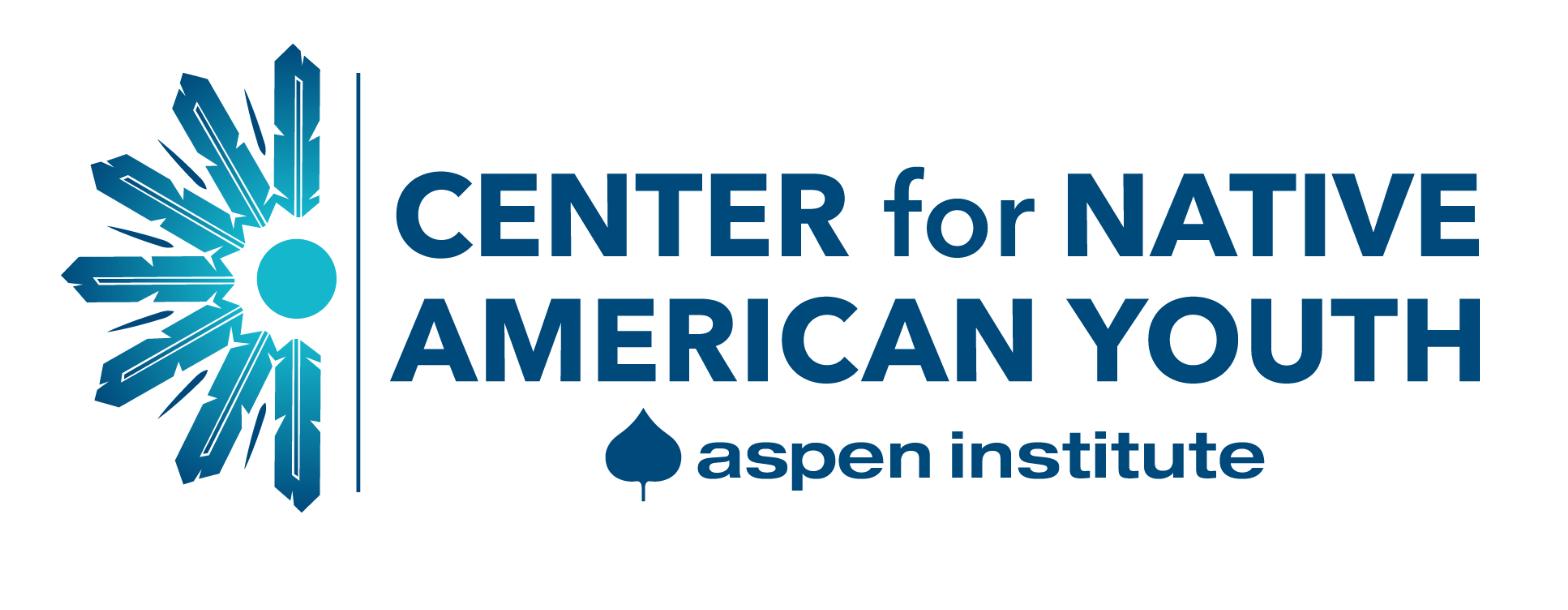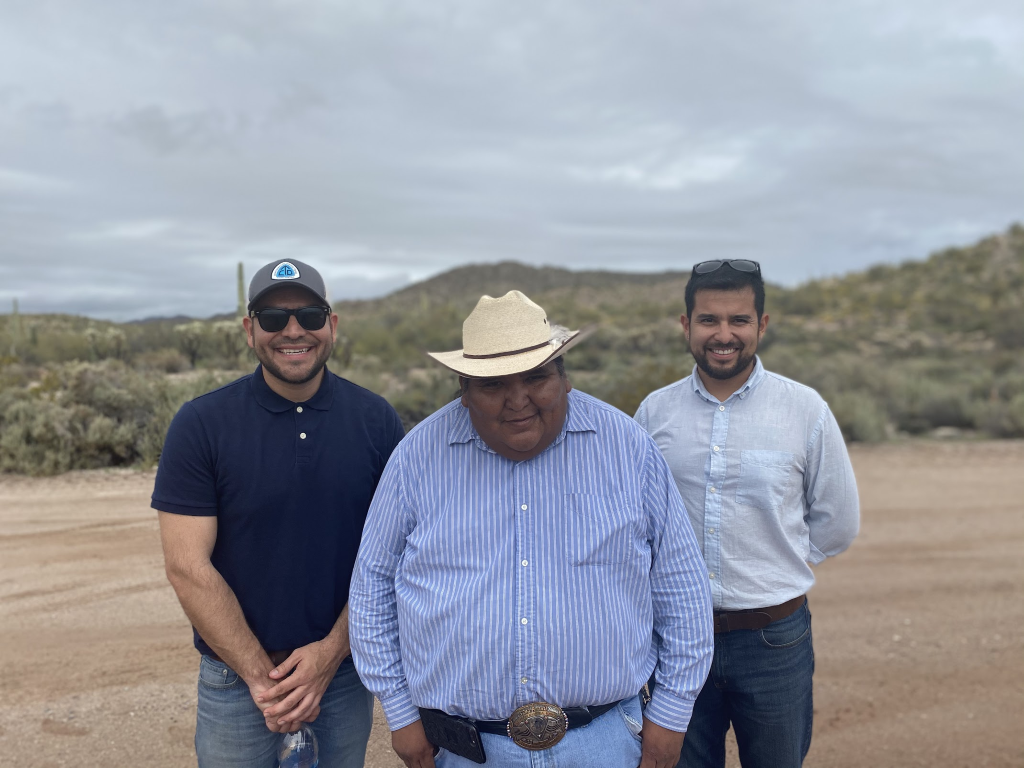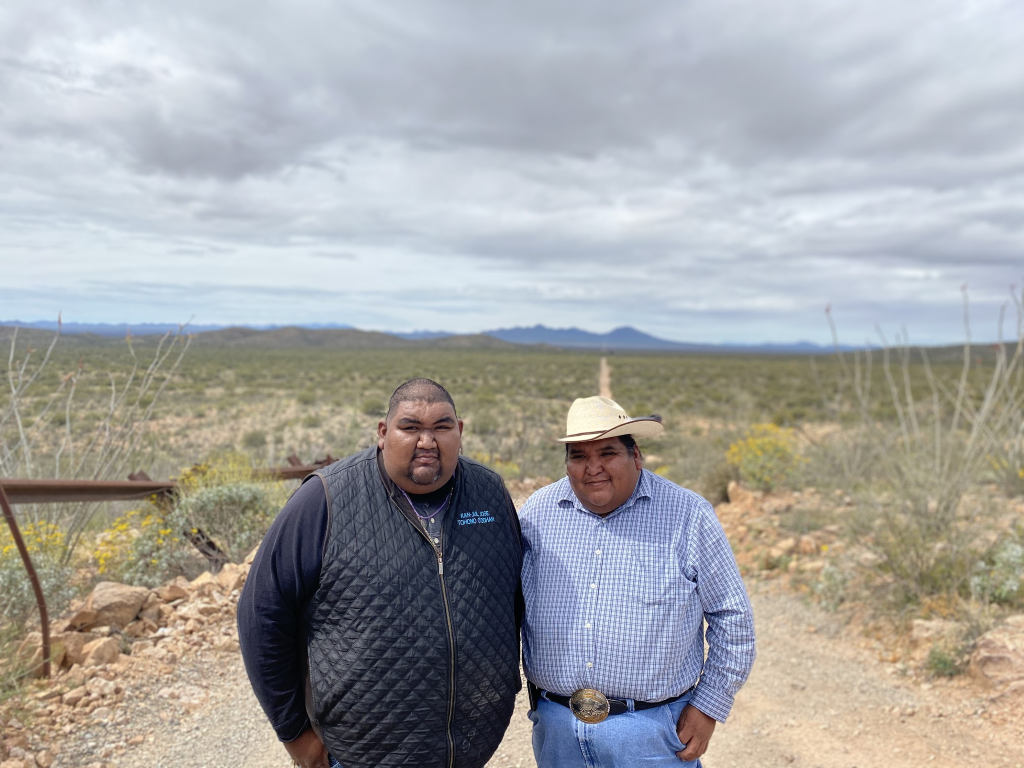“You may look around and see desert but to us O’odham, everything you see here is sacred to us: the animals, the sticks, plants, stones… everything is sacred”
The Tohono O’odham Nation’s traditional land includes the Sonora Desert, Mexico, Arizona, and California. Today, the United States federally recognized tribe’s reservation is roughly the size of Connecticut and shares a 62-mile border with Mexico. The community has about 34,000 tribal members with over 2,000 residing in Mexico. All share the same culture, language and history regardless of what side of the border they live on and the community partakes in cultural ceremonies and regularly visits relatives on both sides of the border.
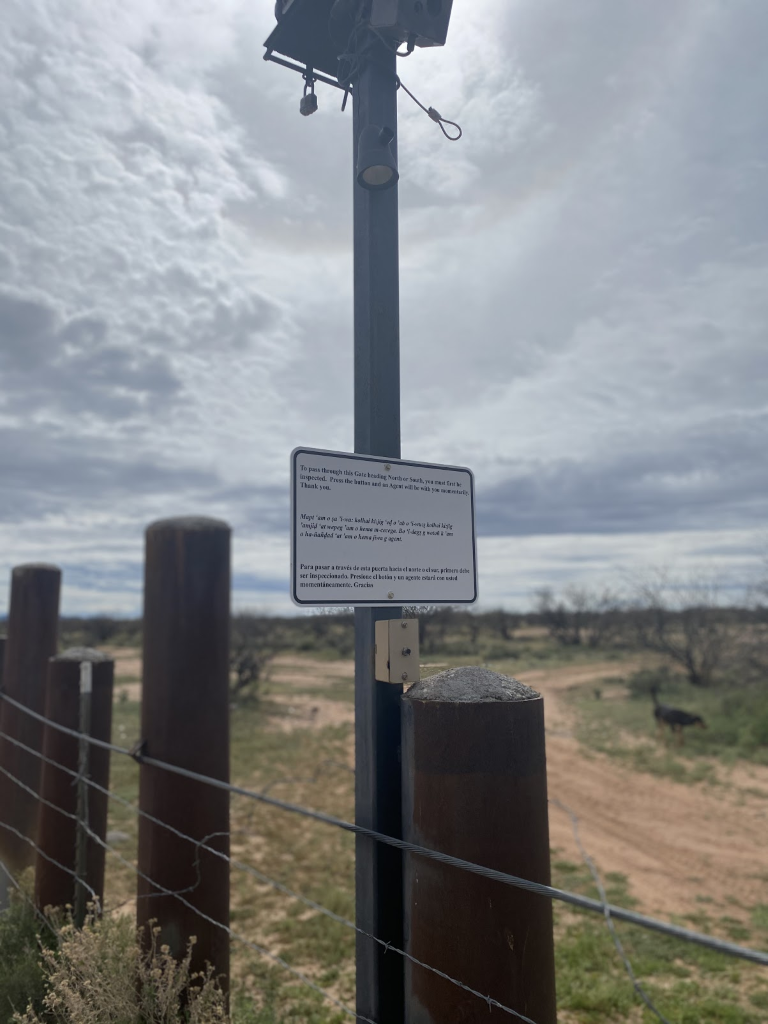
In March, CNAY’s Nikki Pitre traveled to the Tohono O’odham Nation with partners of the Nuestra Tierra Conservation Project, Gabe Vasquez and Ángel Peña, to learn about the impacts of the border and discuss youth-led land conservation efforts for the Tohono O’odham community. Honorable Tohono O’odham Tribal Chairman Ned Norris provided testimony to the Natural Resources Committee in late February; sharing the impacts of the border and the desecration of sacred sites and traditional burial grounds of the O’odham people. In meeting with Chairman Norris, CNAY and Nuestra Tierra discussed ways for youth to learn how to advocate for their traditional lands, sacred sites and the sovereign rights of relatives on both sides of the border.
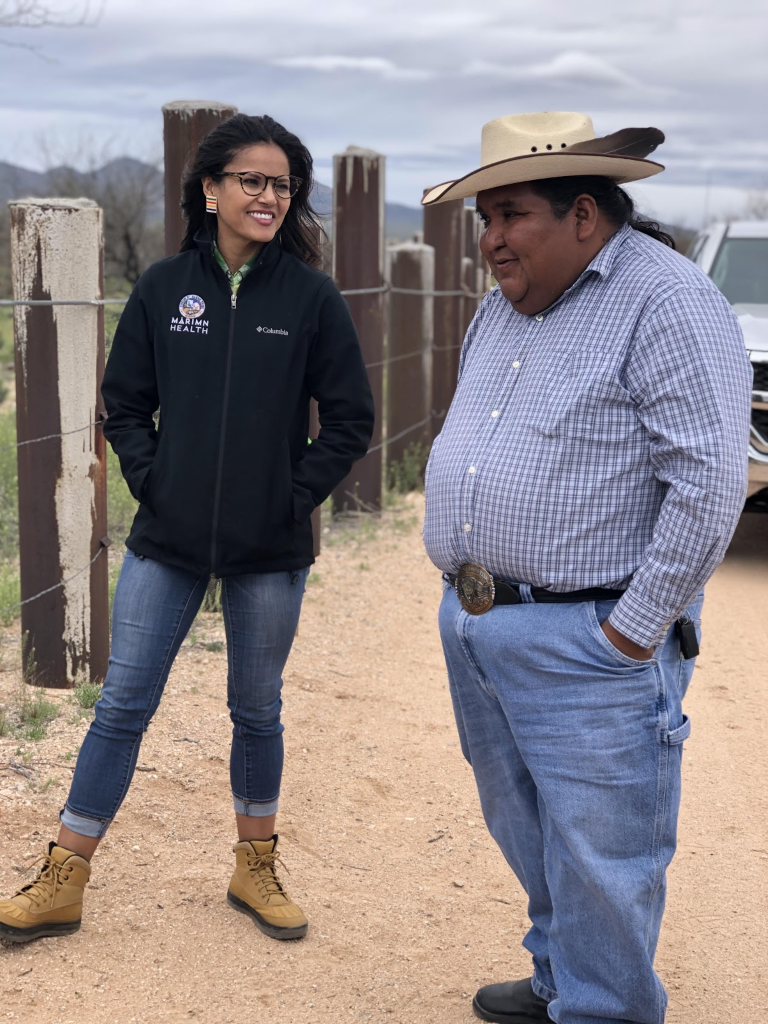
Chukut Kuk District Vice Chairman, Kendall Jose, and his father, former tribal Vice Chairman, Verlon Jose, took CNAY and Nuestra Tierra to the border at the San Miguel entry gate. The San Miguel gate was one of once five entry points on the reservation. Tribal members are permitted to cross with solely tribal identification cards. At San Miguel, the tribe has agreed to vehicle barriers which enable animals to pass for their migratory patterns. We learned of migration patterns, traditional plants, traditional cultural passageways, heard stories of youth traveling to school across border lines, and elders passing to get groceries and visit with relatives.
Verlon Jose states: “Everything you see here is sacred to us, the animals, the sticks, plants, stones– everything is sacred. They set forth these poles for vehicle barriers; they pierced Mother Earth without her permission.”
After visiting and driving the area, CNAY and Nuestra Tierra visited the Cultural Center & Museum to learn more of the history of the Tohono O’odham people. O’odham culture is so beautiful, and it is clear the community is deeply rooted in their traditional ways.
The following day, visiting Organ Pipe Cactus National Monument, an international biosphere reserve, we saw construction of 30-foot walls, including the bulldozing and deconstruction that Chairman Norris had discussed in his testimony. Verlon states, “We were put into a cage when forced onto reservation, yet we still survived; now we are seeing a physical cage being constructed separating us from our relatives. It breaks my heart”
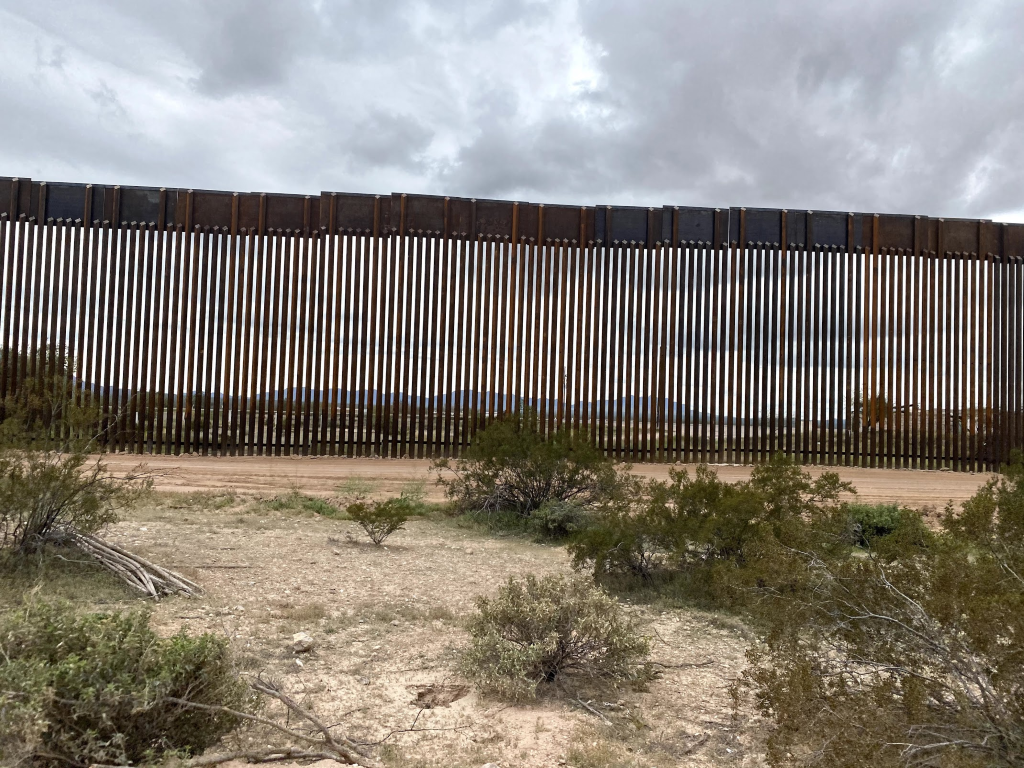
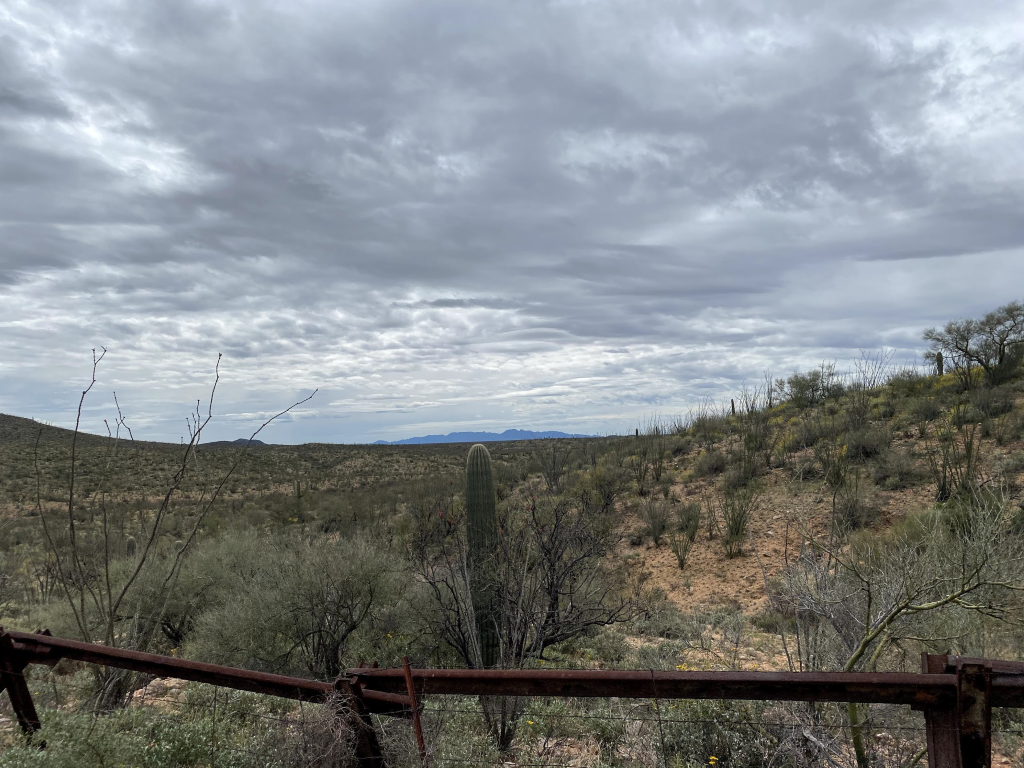
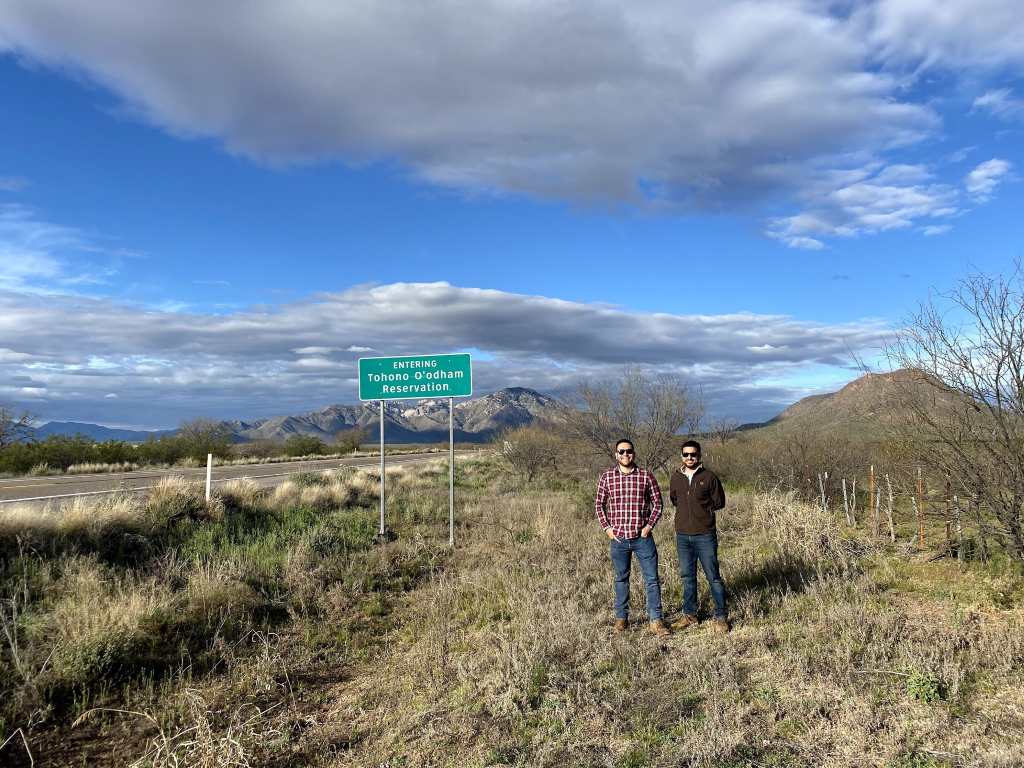
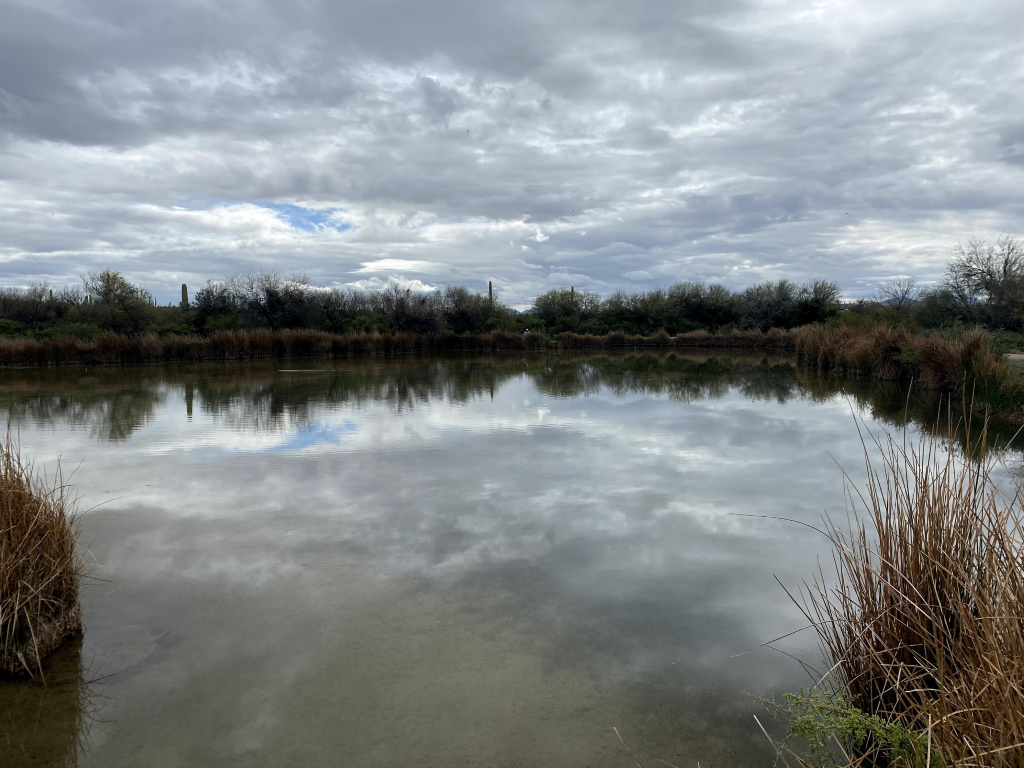
Water is sacred, and in the desert, Quitobaquito Springs has brought life to animals and plants and the people of the land since time immemorial. Today, the water source that feeds the spring is being disrupted by construction companies as they build the wall; slowly depleting the water source that feeds the spring. The border wall will block wildlife from accessing he spring, disrupting the natural balance of the precious resource in the desert.
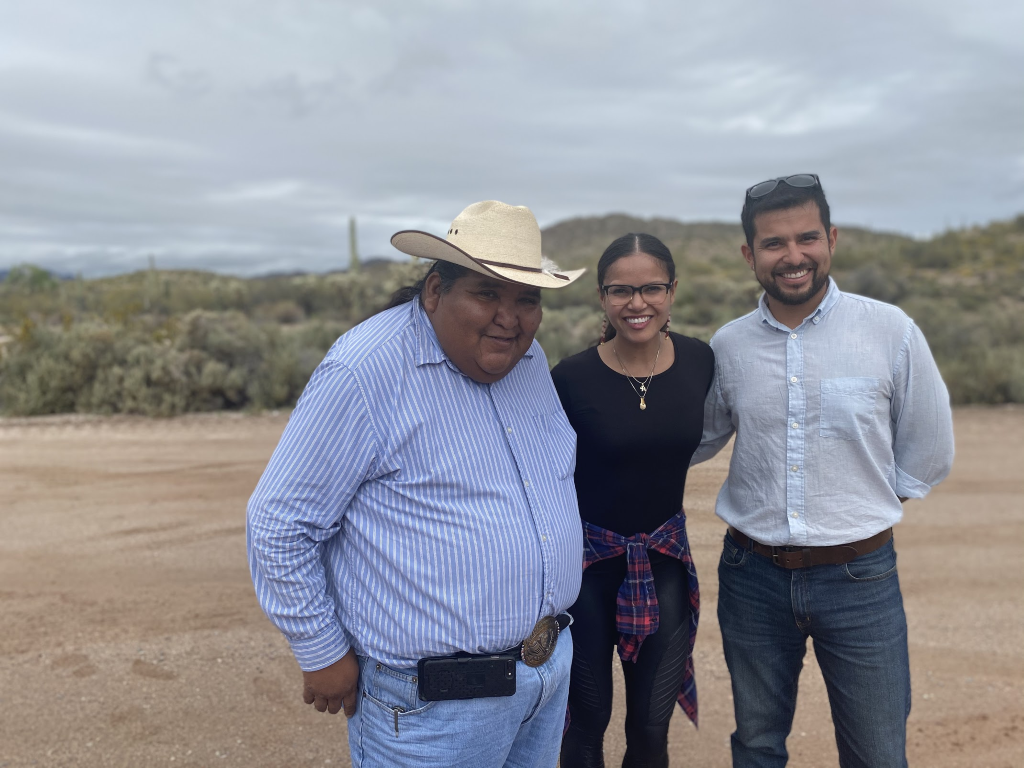
CNAY and Nuestra Tierra hope to work with youth in the community to raise awareness and mobilize youth leaders, such as Youth Council Vice Chairman Samuel Lopez, for community action to address the importance in land conservation. We are grateful to the Tohono O’odham Nation and look forward to working together for a greater future for the next generation.

